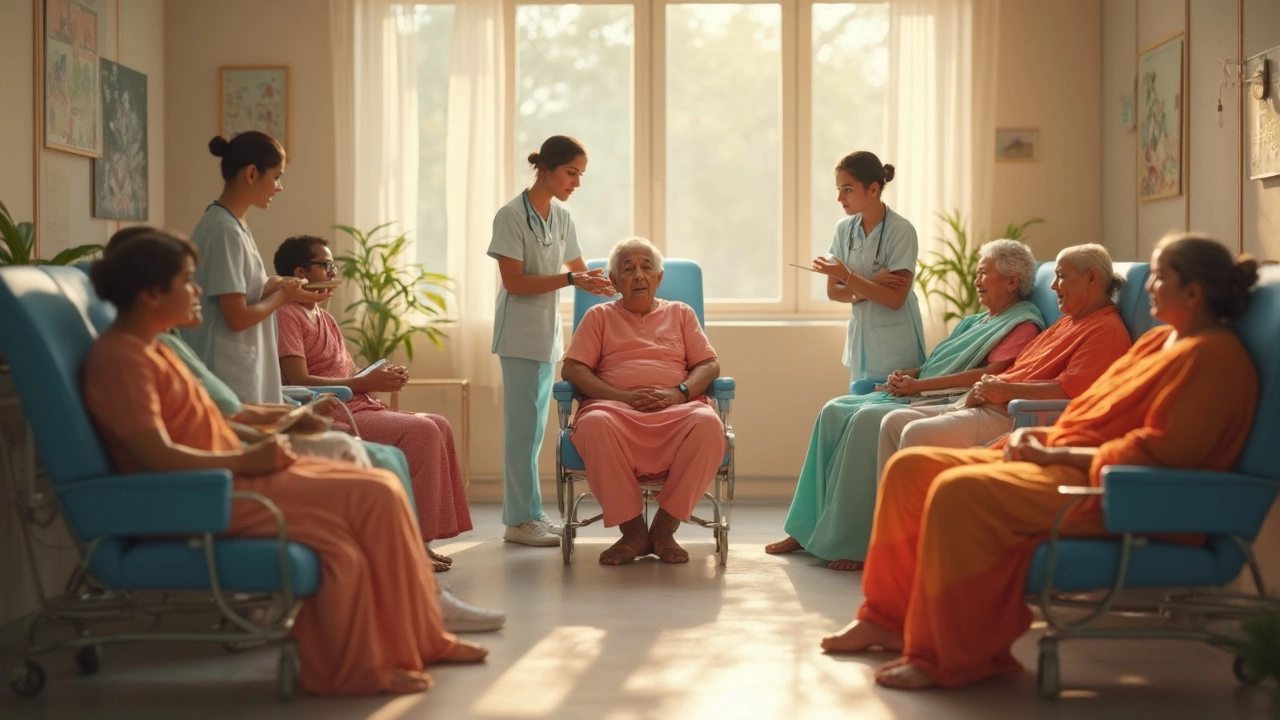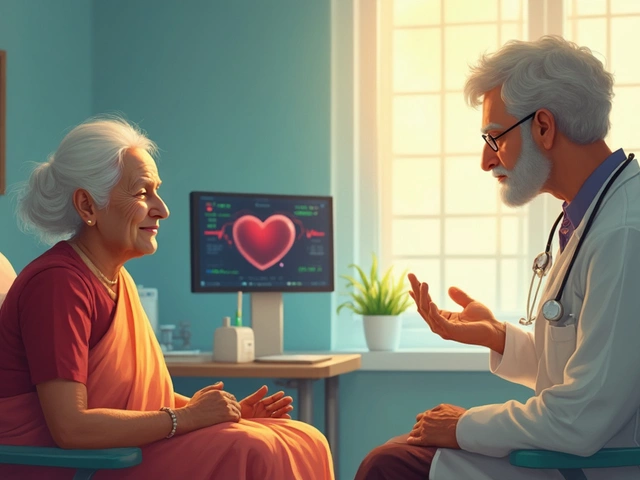Cancer Care: What You Need to Know Right Now
If you or a loved one is fighting cancer, you probably have a flood of questions. Which treatments hurt the most? How long will the last stage last? Which cancers are most curable? This guide cuts through the noise and gives you straight‑forward answers you can use today.
Managing the Most Painful Treatments
Not all cancer therapies are equal when it comes to pain. Chemotherapy can cause burning sensations, nausea, and sore mouth sores, while radiation often leads to skin burns and deep bone aches. Bone‑marrow transplants are notorious for intense, lingering discomfort. Knowing what to expect helps you prepare mental and physical coping tools. Talk to your oncology nurse about pre‑medicating with anti‑nausea drugs, using gentle mouthwashes, and scheduling regular pain‑killer doses before the pain spikes.
Physical therapy isn’t just for athletes – it can reduce stiffness caused by radiation and keep muscles strong during chemo. Simple stretches, short walks, or guided yoga can lower pain scores by up to 30% in many patients. Keep a pain diary: note the type of pain, intensity (0‑10 scale), and what you were doing. This record guides your doctor in fine‑tuning medication.
Understanding Prognosis: From Deadliest Cancers to the Easiest to Survive
Some cancers, like pancreatic and glioblastoma, have very low survival rates. These “deadliest” types often spread quickly and resist standard drugs. If you’re dealing with one of these, focus on clinical trials and supportive care that keep quality of life high.
On the brighter side, cancers such as thyroid, testicular and early‑stage melanoma have survival rates above 90% when caught early. Regular screenings, self‑checks, and prompt doctor visits make a huge difference. If you’re in a high‑risk group, ask your doctor about low‑dose CT scans or blood markers that catch trouble before symptoms appear.
For cancers that are truly incurable, the last six months can feel like a mystery. In reality, the body often shows clear signals: increasing fatigue, loss of appetite, and subtle changes in breathing. Palliative care teams track these signs and help families plan for hospice, pain control, and emotional support. Knowing the timeline lets you focus on meaningful moments rather than endless hospital trips.
When you’re navigating cancer care, remember you’re not alone. Support groups, online forums, and hospital counseling services give you a space to vent, learn tips, and share experiences. Whether you need advice on handling chemo‑induced hair loss or figuring out insurance for expensive drugs, reaching out saves you time and stress.
Bottom line: cancer care is a mix of medical treatment, pain management, and emotional support. Ask your doctor about pain‑prevention strategies, stay informed about which cancers are most treatable, and keep an eye on the signs that signal the disease’s progression. With the right plan, you can face each day with clearer expectations and stronger hope.

Is 4 Rounds of Chemo a Lot? Understanding Chemo Treatments and What to Expect
Explore what 4 rounds of chemotherapy really means, how it compares to other treatment plans, and tips to manage side effects—explained in plain language.

Which Celebrities Have Undergone IVF Treatment?
Nov, 20 2025

Toughest Surgeries for Orthopedic Recovery
Feb, 25 2025


